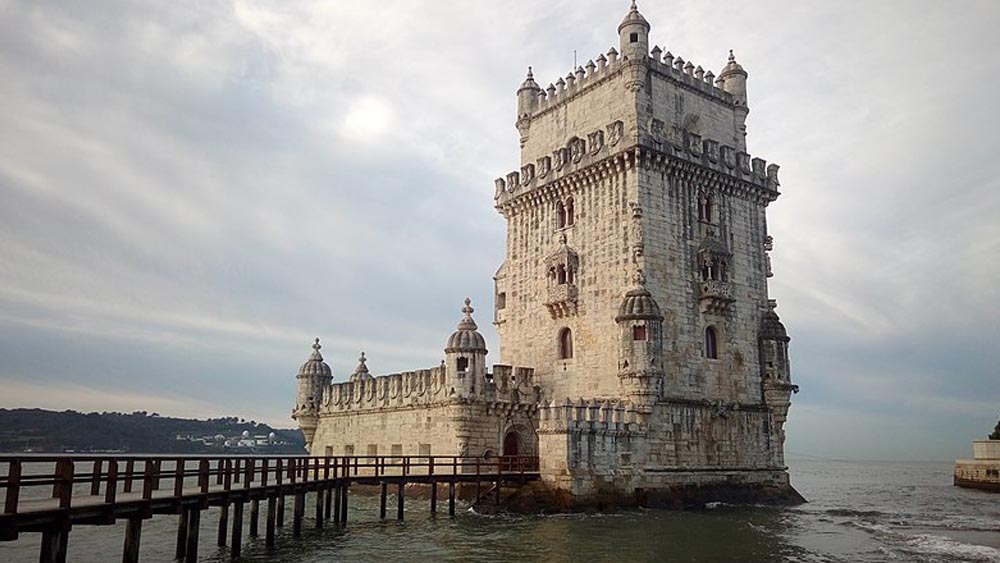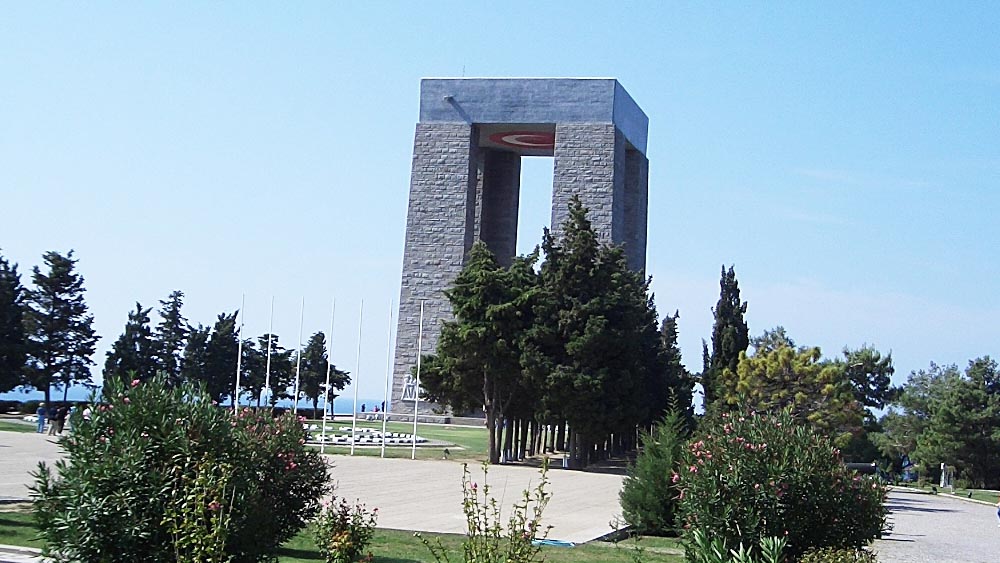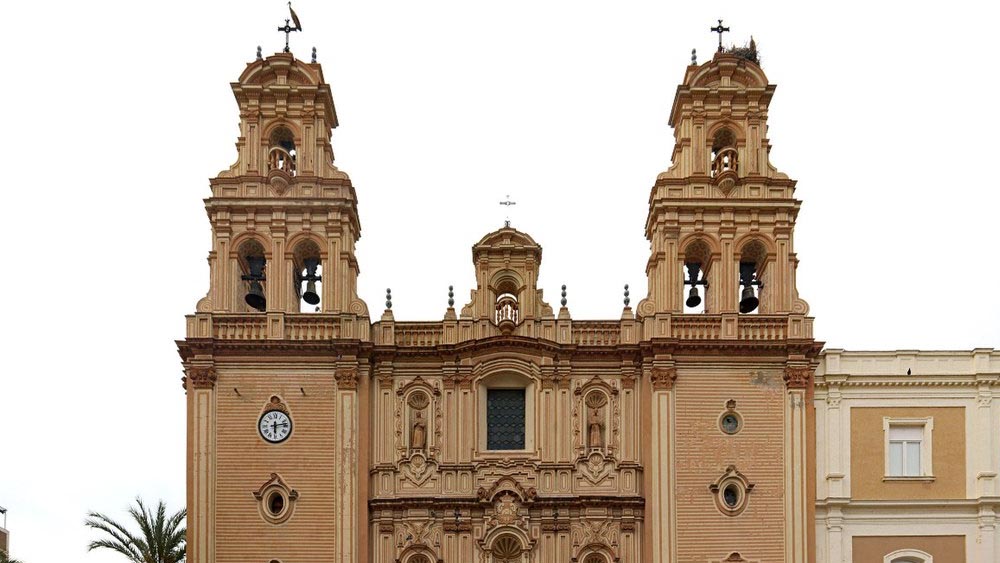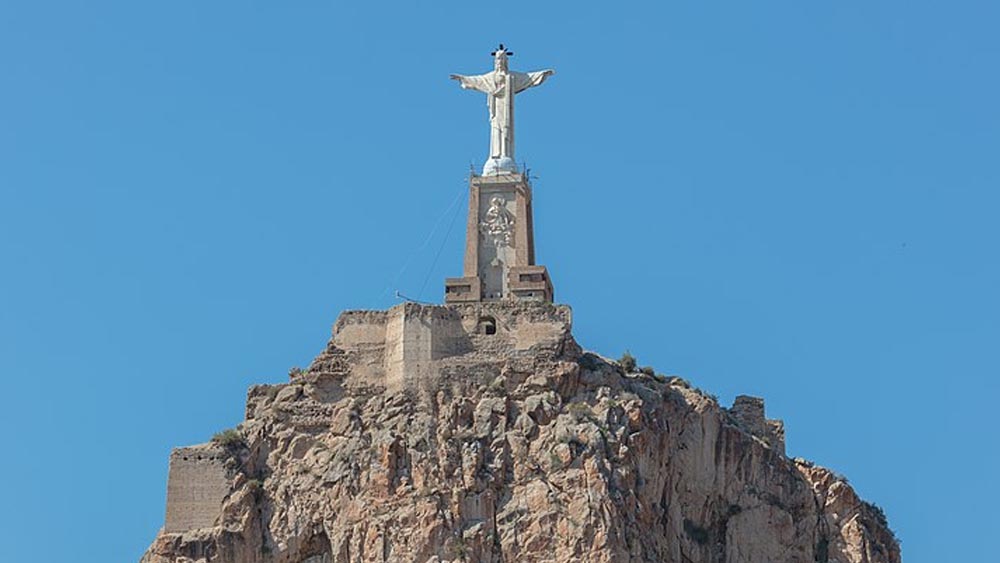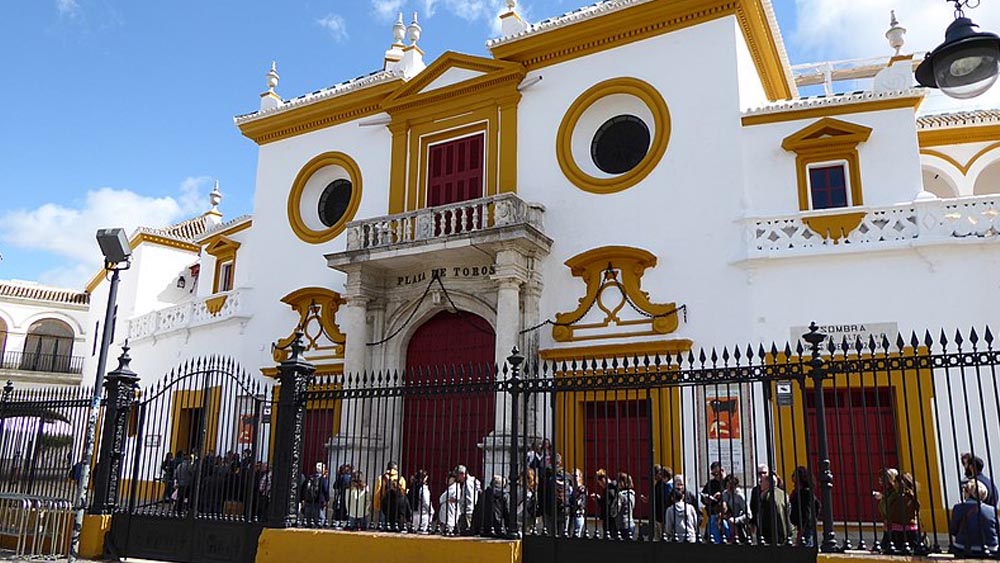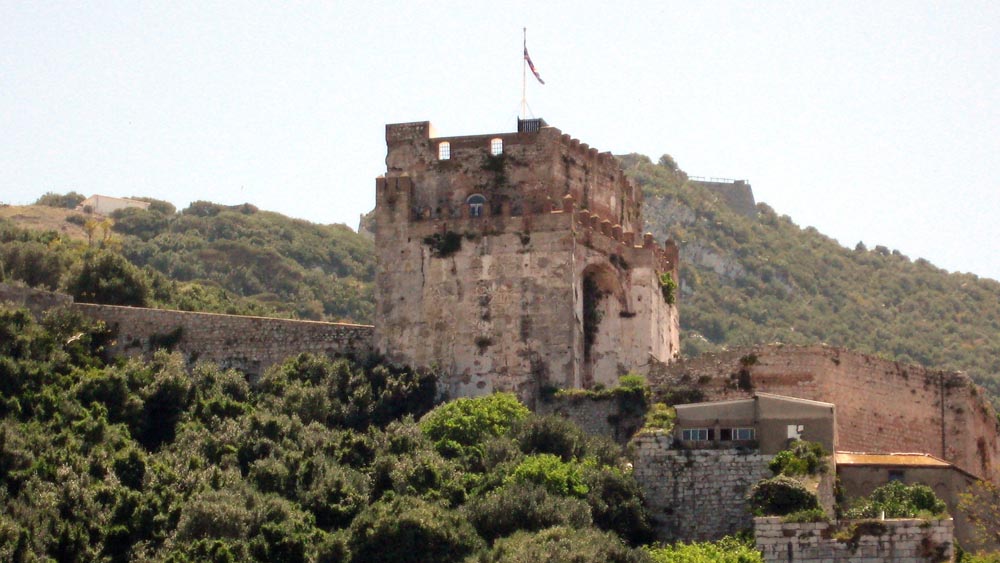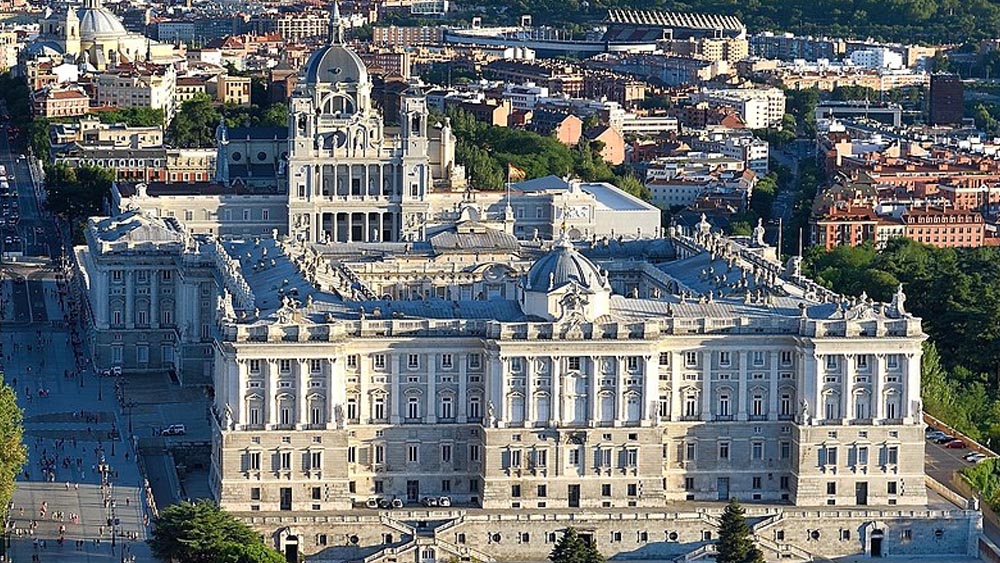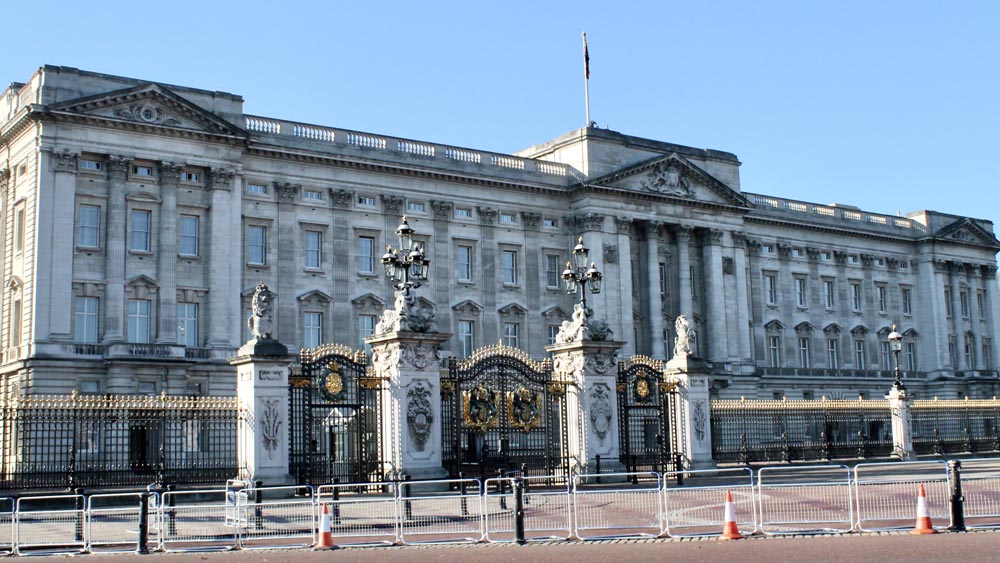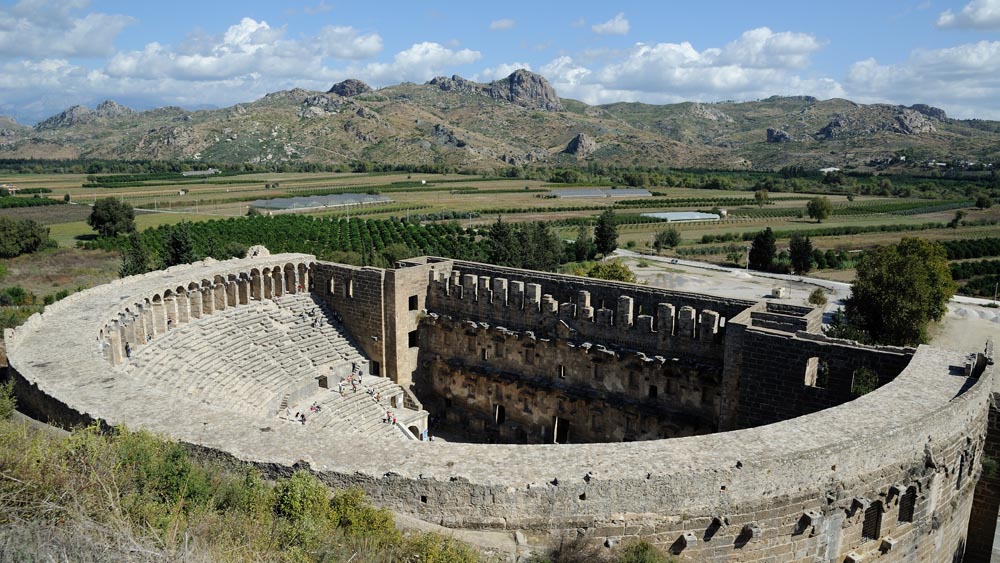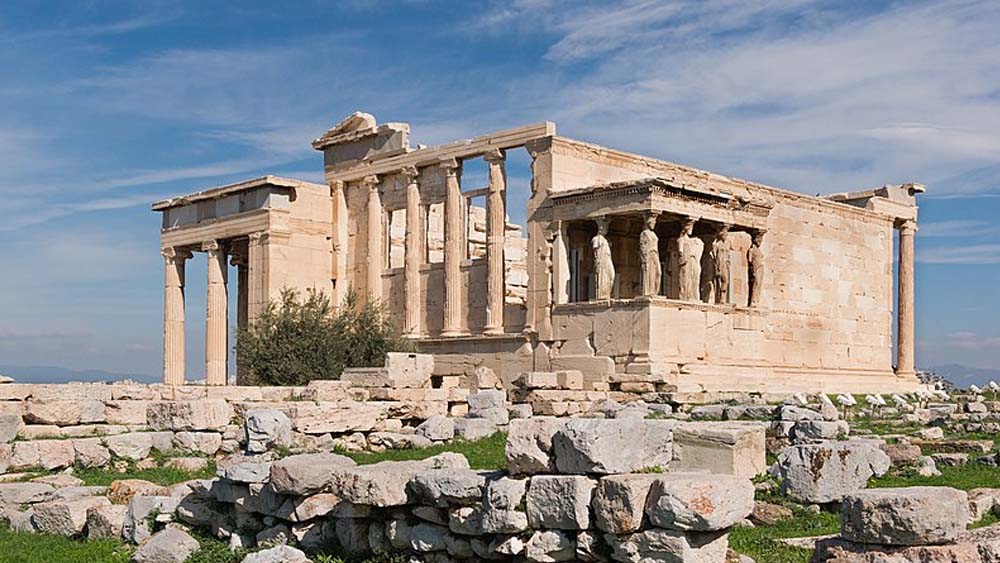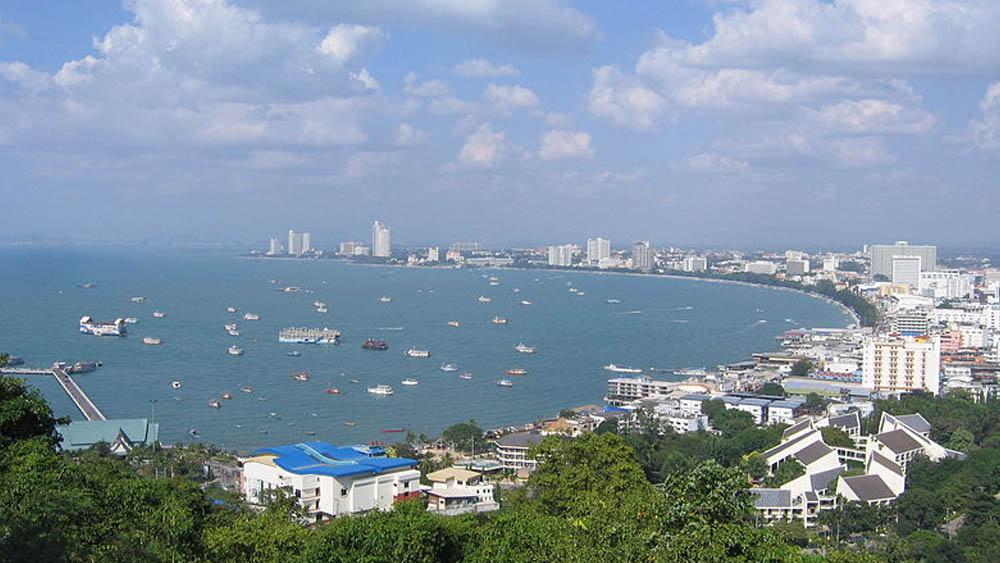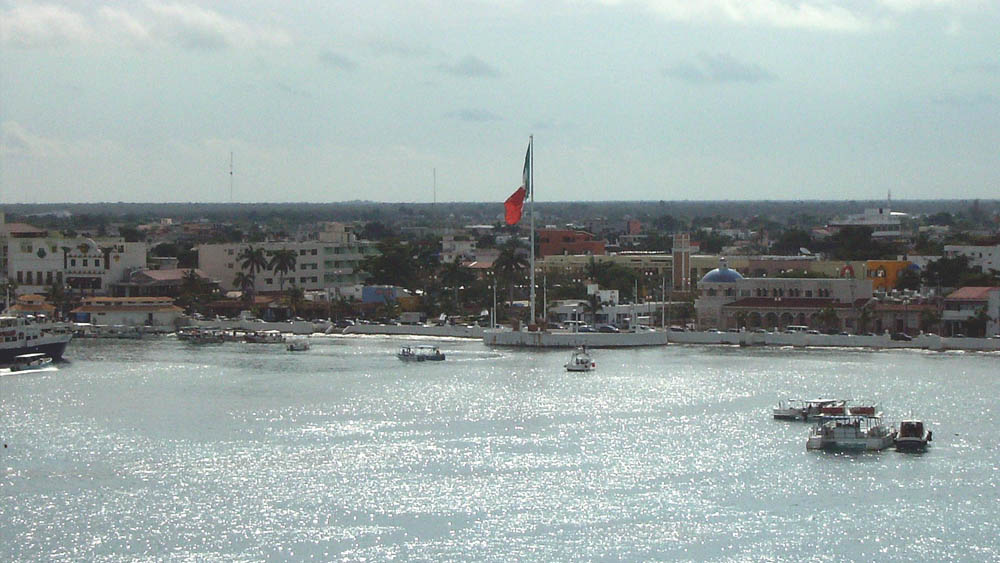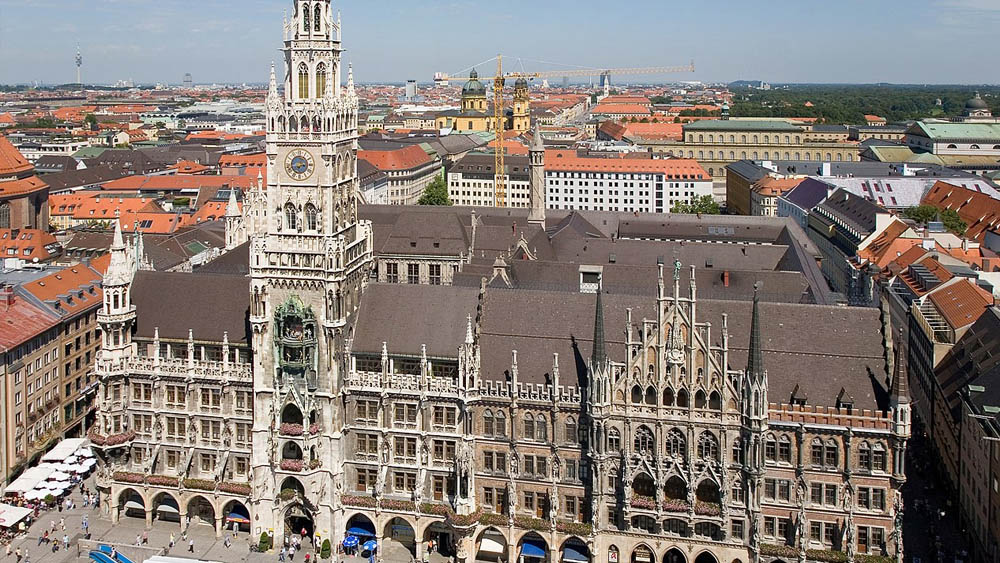Izmir has a rich ancient history as the city of Smyrna. Smyrna was the daughter of King Tantalus of Lydia and is located on the western coast of the Izmir Bay on the Aegean Sea. Smyrna, which had an important position as a center of trade, art, and culture in ancient times, was conquered by the Persians, Macedonians, Romans, and Byzantines. The developing trade routes and wealth expanded the city’s port and trade centers. Smyrna hosted many important structures developed during the Hellenistic and Roman periods, including agora, theater, stadium, and the arched bridges built by the Romans. The history of Smyrna in ancient times is an important part of Izmir’s current cultural and historical heritage.
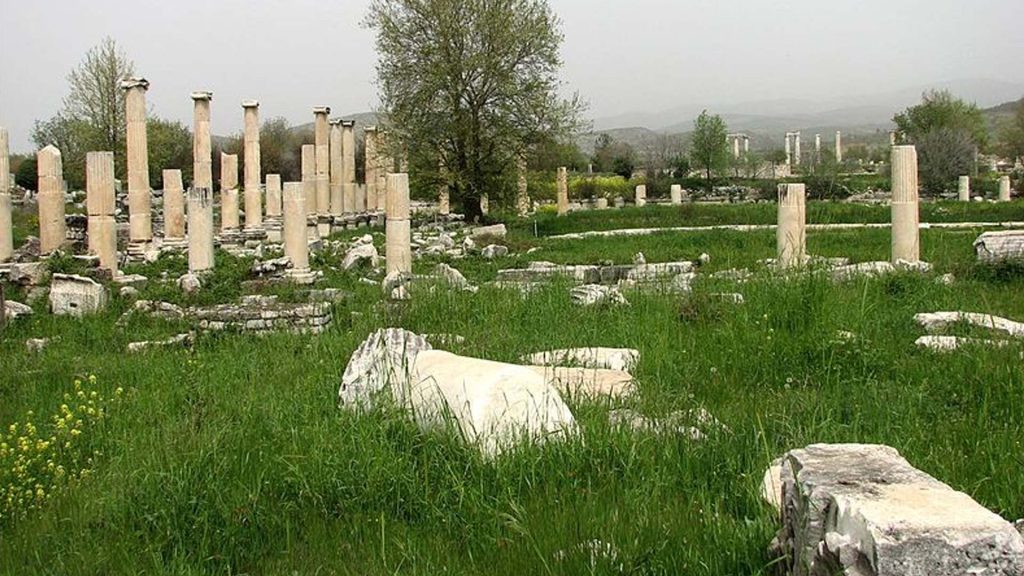

Formation of Smyrna: The Legendary Story of Tantalus’s Daughter
The formation of Smyrna is based on a legend from ancient Greek mythology. According to the legend, Smyrna, the daughter of the Lydian king Tantalus, fell in love with the god of love, Adonis, after being rejected by her father for not loving him. However, their love was forbidden, so Smyrna ran away and started living in the forests. She hid in the forest until Adonis’s death, and eventually, the gods turned her into a tree. The city’s name was changed to “Myrrha” after the tree. While the legend provides many clues about the history of Smyrna, it deviates from actual historical events.
According to historical records, the first settlement of Smyrna was built by the Lydian kingdom in the 11th century BC. However, the city’s prominence as one of the Ionian cities and its transformation into a commercial center began with the arrival of Greek colonizers from Greece in the 7th century BC. These colonizers settled on the west coast of the Gulf of Izmir and later named the city Smyrna. Smyrna was captured by Persians, Macedonians, Romans, and Byzantines since the 6th century BC and remained an important trading center throughout each era.
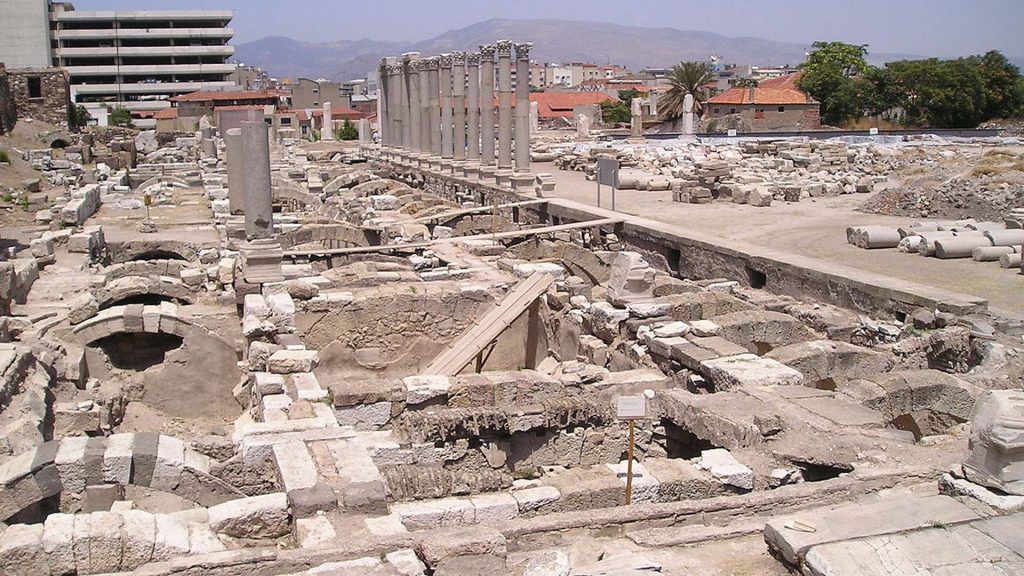
Rise of Smyrna as a Center of Trade and Culture: Smyrna in the Hellenistic Period
Smyrna had an important position as a center of trade, art, and culture in the ancient times. In the Hellenistic period (323-31 BC), the city reached its peak in terms of trade and cultural activities. Especially in the 2nd century BC, Smyrna became one of the most important port cities of the period. The rich trading opportunities in the city led to the development of art and culture and enriched the city’s architectural structure. Among the buildings built in the Hellenistic period are structures such as the theater, agora, stadium, and gymnasion. Also, individuals such as Strabo and Menander, who were important thinkers of the period, were born in Smyrna.
Smyrna became one of the most important cities by gaining a significant place in trade, art, and culture during the Hellenistic period. The city obtained a rich cultural accumulation by being under the influence of various cultures. Especially, sculpture became one of Smyrna’s important art branches in the Hellenistic period. The city was the birthplace of important sculptors, and many sculptures were made in Smyrna. The cultural, commercial, and artistic rise of Smyrna during this period is one of the most important parts of the city’s ancient historical heritage.
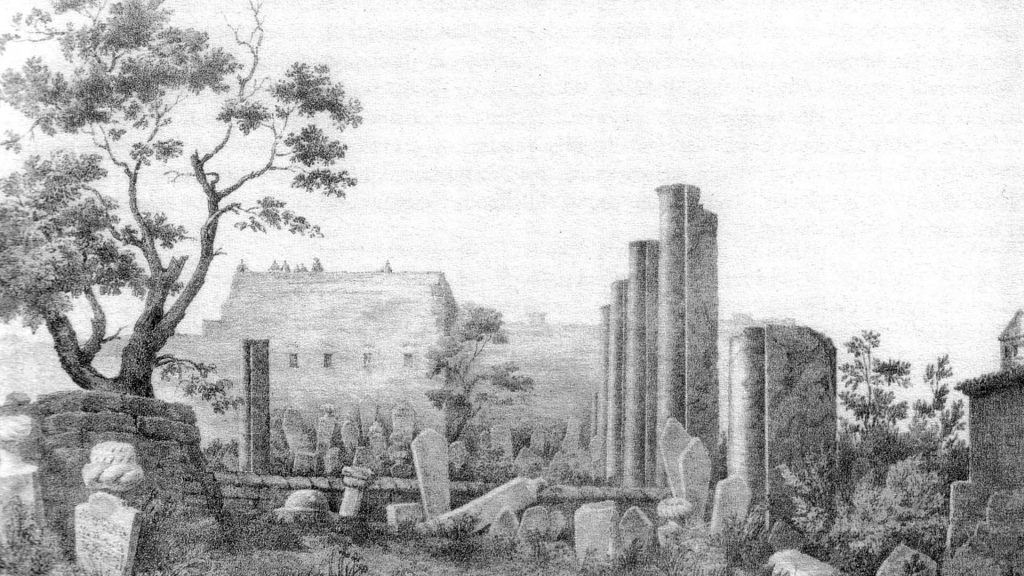

The Development of Smyrna in the Roman Empire Period: Structures such as Agora, Theater, and Stadium
During the Roman Empire period, Smyrna continued to exist as an important trade and cultural center. The city was the capital of the Roman Empire’s Asia Province, and the construction activities during this period greatly influenced the city’s architectural structure. Among the structures built during the Roman Empire period were structures such as the agora, theater, stadium, aqueduct, and gymnasium. The agora was the heart of trade and one of Smyrna’s most important structures during the Roman period. The theater, as one of the largest structures in Smyrna, had a seating capacity of approximately 20,000 people. The stadium was a structure built for sporting events and also hosted gladiator games. Smyrna established itself as an important place in trade and culture during the Roman Empire period, making it one of the leading cities in the empire.
During the Roman Empire period, Smyrna also experienced significant development in culture and the arts in addition to trade. Architecture, sculpture, and painting developed in the city, contributing to Smyrna becoming a strong center for the arts. Smyrna left a rich cultural heritage full of architectural and artistic works during the Roman Empire period, which has survived until today. The city’s architectural and cultural development during this period reinforced the historical and cultural importance of ancient Smyrna.
Trade and Wealth of Smyrna in the Roman Period: Arched Bridges, Ports, and Communication Routes
During the Roman period, Smyrna became the capital of the Empire’s Asia Province and an important trade center. Arched bridges, ports, and communication routes played an important role in the development of the city’s trade. Arched bridges were built over the rivers passing through the city, facilitating land transportation. Smyrna’s ports, due to its strategic location in the Aegean Sea, were important in the development of trade. Ports increased Smyrna’s trade volume through maritime transportation. In addition, communication routes built during the Roman Empire period strengthened Smyrna’s connections with other cities and contributed to the development of trade.
Smyrna was a city famous for its wealth and prosperity during the Roman Empire period. The city had a wide range of crafts, particularly in sectors such as wool weaving, textile production, and ceramics. Olive and grape production also took place in Smyrna during the Roman Empire period. This wealth in the city was achieved through the development of trade and the strategic location of the ports. Smyrna continued to exist as one of the richest and most important cities of the Roman Empire.
The Importance and Destruction of Smyrna in the Byzantine Period: Construction and Destruction of Churches, Monasteries, and Walls
Smyrna remained an important center during the Byzantine period. As the capital of the Empire’s Asian province, it was located in a strategic position. During this period, churches and monasteries were also built in Smyrna. With the Empire’s acceptance of Christianity, Smyrna became an important center of Christianity as well. Churches and monasteries played an important role in the city’s religious life and culture. In addition, the construction of walls strengthened Smyrna’s defense. The city produced many works of art, in addition to the structures that fortified it during the Byzantine period.
However, in 1076, the Turks took over Smyrna, and the city’s history changed. The Turks looted and destroyed the city. After the occupation, the Byzantines attempted to recapture the city several times, but they were unsuccessful. Smyrna regained its importance during the Ottoman Empire period after the Turks, but many of the structures from the Byzantine period were destroyed. Today, Smyrna is an important city that attracts tourists with its historical structures, cultural heritage, and modern urban structure.


















